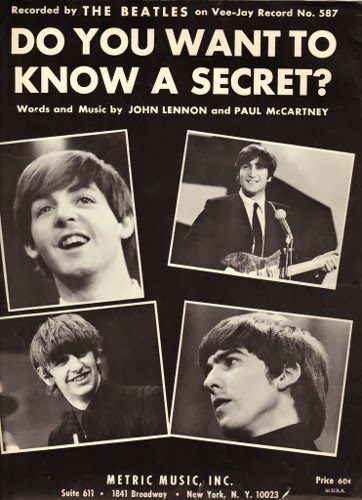Confidentiality agreement
confidentiality agreement
/ˌkɒnfɪdɛnʃɪˈæləti/ /əˈgriːmənt/ (n.)
(Also known, to those for whom the glass is half-empty, as a “non-disclosure agreement”, or an “NDA”. Or a “confi”.)
|
NDA Anatomy™

|
1. (Forensic evolution) The ostentatious courtship display of a fecund legal eagle. Identified as a kind of Darwinian textual selection because the length and gravity of the terms of a non-disclosure agreement varies in exact inverse proportion to its subject matter. The more fatuous the “confidential information”, the more stentorian in term and baroque in expression the NDA tends to be. Thus, a legal department whose plumage boasts an enormous multicolored NDA is broadcasting to the rest of the market, “look how fertile I am! I can insist on this transparently idiotic legal contract and people still sign it! It is absurd along every conceivable dimension, yet, here I still am, my business in rude health!”
2. (Reg tech) Any class of legal contract sufficiently common, homogenous, predictable and dull that a machine-learning proof of concept will appear to work, in some superficial way, for a period of time at least as long as the general counsel’s attention span. (So named because the confidentiality agreement is the only such contract in wide use). Hence: “Hi I would like to pitch you my new software as a service offering, which can intelligently automate your entire legal operations platform. It runs on chatbots and natural language processing and/or a room full of captive economic migrants in Khazakstan. It rocks. I can give you a half-hour demo. So I can set up the POC, can you send me a few sample...”
“Let me guess: a few sample confidentiality agreements?”
“Oh right. I see. Hey look sorry, I have to hop.”
What should be in an NDA
Let’s be blunt about this: there is a special place in hell for any advisor who serves up a confidentiality agreement more than 3 pages long. Even three pages is purgatorially tedious. GET TO THE POINT. It’s a goddamn NDA, not the sale of your soul.
For those of you who can’t see your way clear to embracing the OneNDA, and who have not yet been asked to get your coat, here are the basic things it needs to cover:
Who is who: Who is disclosing, who is receiving, or is it mutual? Mutual is good — as it plays to the idea that this is fair, but sometimes you want to just get across the line quickly, by offering confidentiality, without requiring it. That way, for example, you can just sign without seeking assent.
- The confidential information: What counts as confidential information, and what doesn’t?
- The Purpose: Why are you disclosing the confidential information? What is the project?
- The confidentiality obligation itself: How is the receiver expected to keep it secret? Who can the receiver share with? On what terms?
- Mandatory disclosure beyond the “Purpose”: What about compulsory disclosure under legal process, statutes and regulations?
- Term: How long does the confidentiality obligation last?
- Other: Representations and warranties, governing law, And for God’s sake WHATEVER YOU DO DON’T FORGET THE COUNTERPARTS CLAUSE.
What shouldn’t be in an NDA
The following often make their way into a confi agreement, though none really have any business being there.
Index
Here’s the index to the JC’s NDA anatomy. Click the ᐅ to collapse:
What’s in a confi?
Confis can be “one way”, where one party discloses and the other receives, or “two way”, where both parties disclose sensitive information. A broker’s template will tend to be far more generous when it is receiving only, than when it is giving information up. I know this may come as a shock to some of you.
Length
Firstly, let’s be blunt about this: there is a special place in hell for any advisor who serves up a confidentiality agreement more than 3 pages long. Even three pages is purgatorially tedious. GET TO THE POINT. It’s a goddamn confi, not the sale of your soul. Oh hang on.
What a confi shouldn’t have
The following often make their way into a confi agreement, though none really have any business being there.